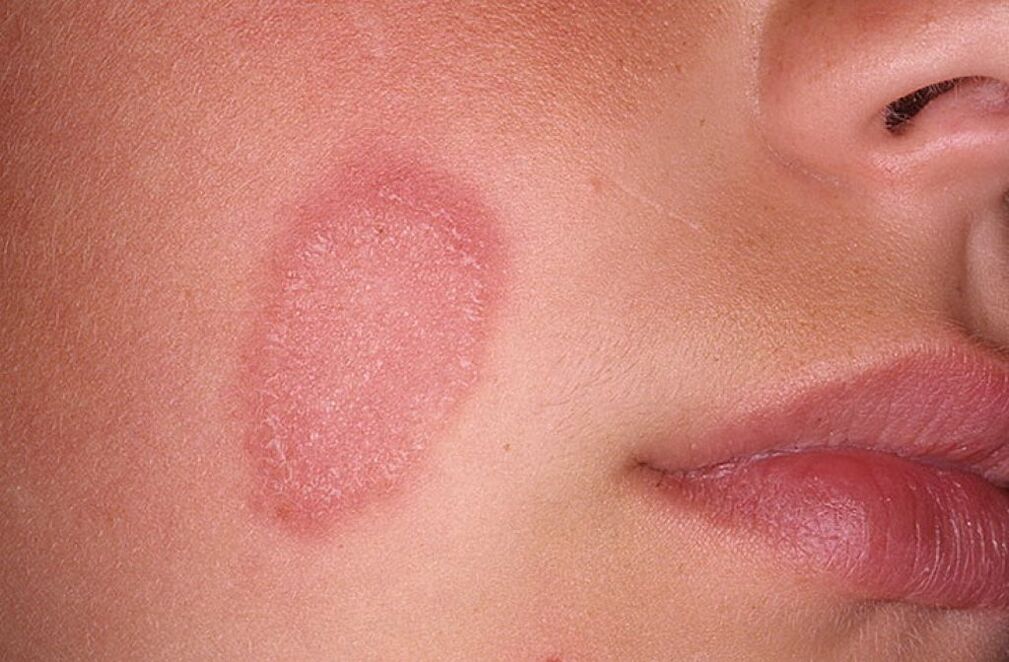
These factors are particularly favorable for the introduction of pathogenic fungi and the transformation of saprotrophic bacteria into pathogenic flora.
The course and extent of the procedure are treated with topical and systemic antifungal treatments.
Fungal disease prevention
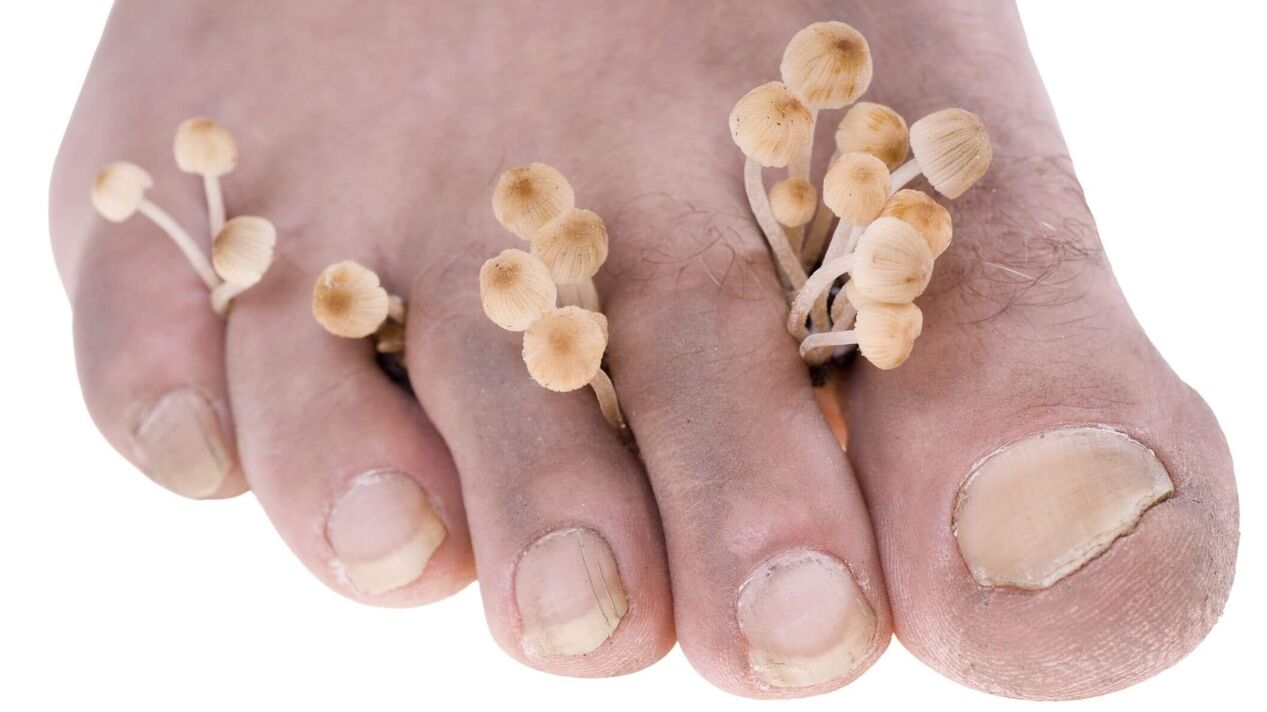
As soon as a child is suspected of having a fungal disease, he should be prohibited from attending school or kindergarten. Treatment must begin immediately after diagnosis and the patient should not be allowed to come into contact with healthy children under any circumstances.
Since humans are frequently infected with trichophyton and microsporum from animals, it is important to prevent animal fungal diseases.
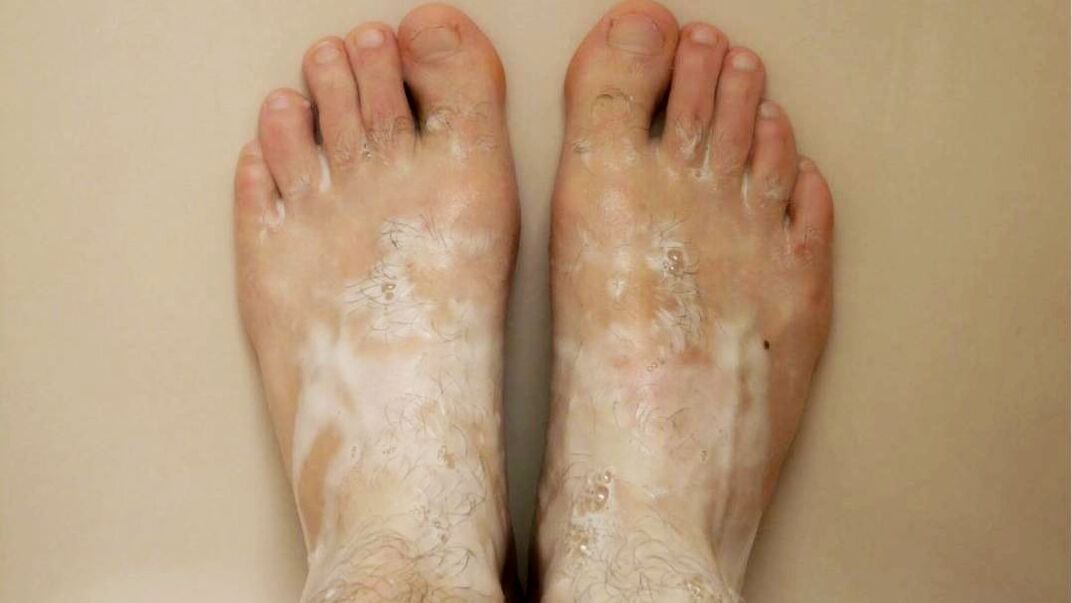
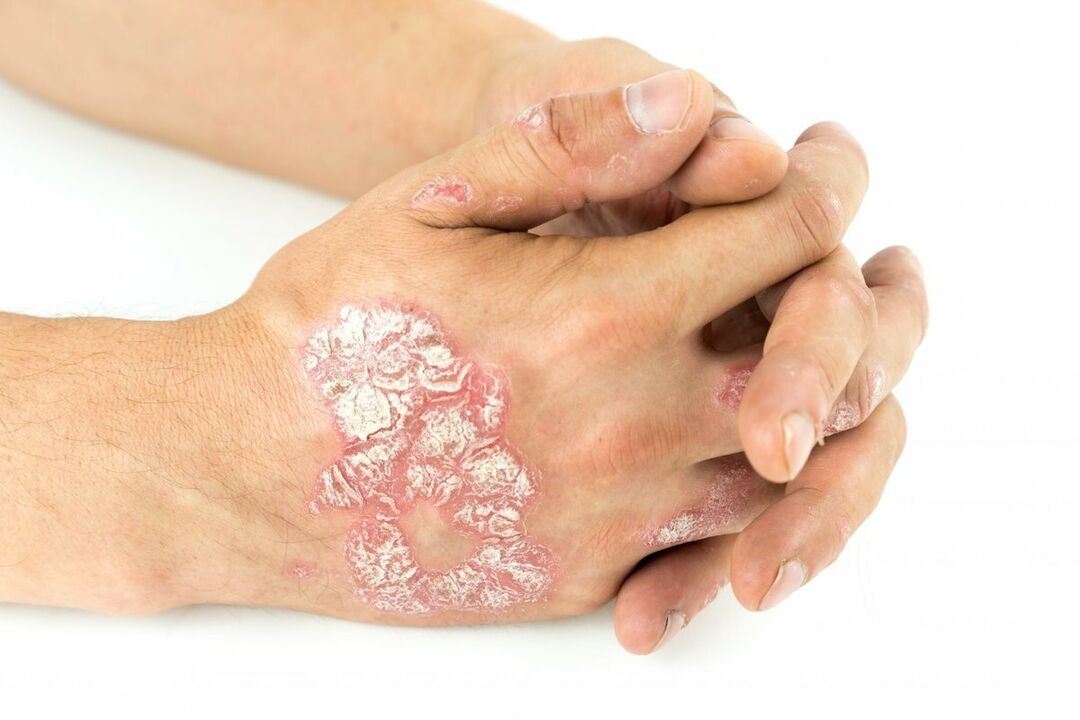

Prevent fungal diseases. Primary prevention methods for fungal diseases
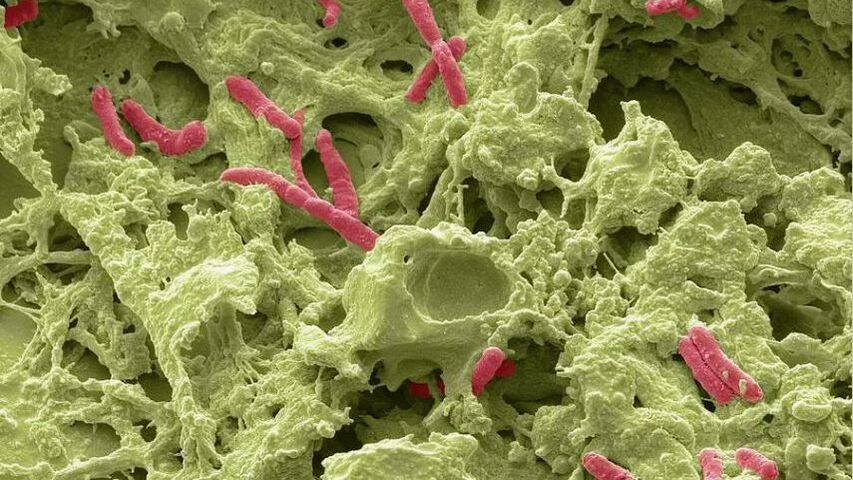
- Maintain personal hygiene. Any contact in public spaces should end with hand sanitization. To do this, just wash your hands thoroughly or apply sanitizer.
- Use caution when going to public places. Saunas, toilets, showers and bathtubs are breeding grounds for pathogenic microbiota. Avoid touching surfaces in these areas.
- Avoid contact with infected people or animals. This also applies to items used by patients.
Causes of foot fungus
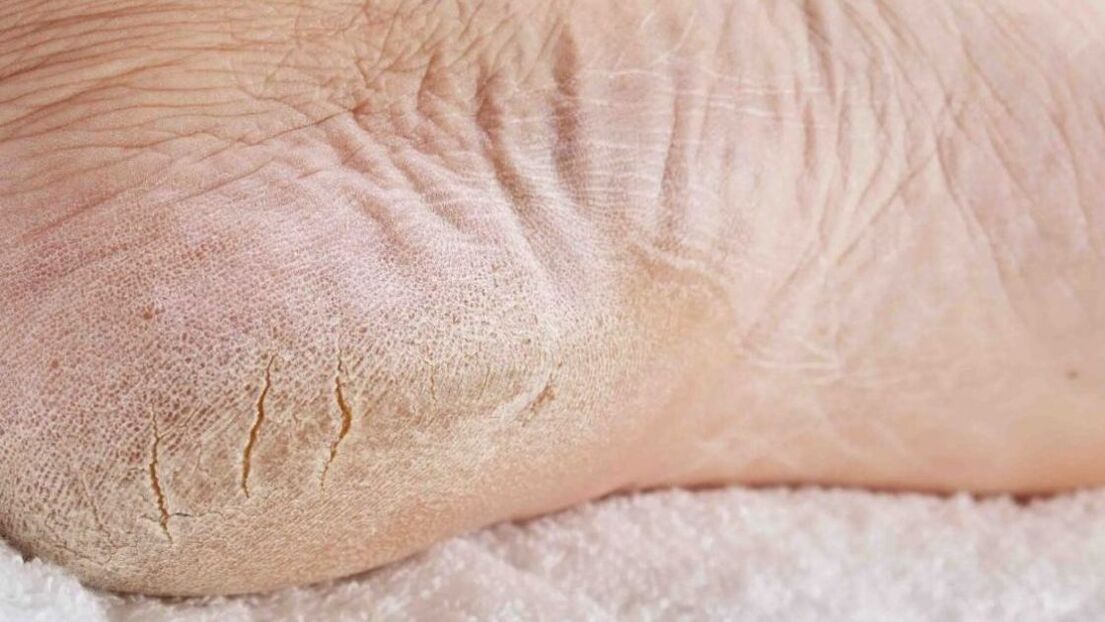
Causes of fungal diseases
- Chronic diseases lead to reduced immunity;
- diabetes;
- Varicose veins, thrombophlebitis;
- Aged over 60 years old.
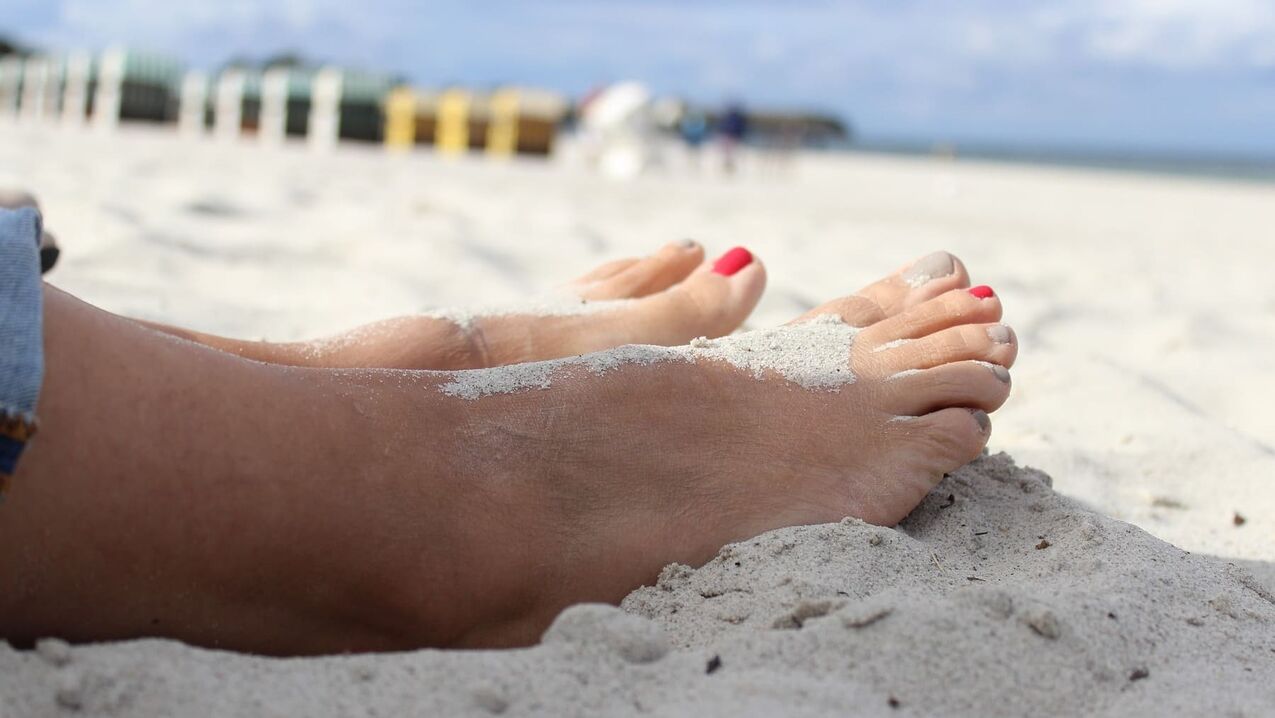
fungal infection symptoms
- deleted. Peeling of the skin on the feet and diaper rash between the toes. The itching is mild. Patients often don't take it seriously, think fungal symptoms are an irritation, or use ineffective home treatments.
- Squamous hyperkeratosis. This shape is also called a "moccasin foot" because the leather on the sole is rough, thick, and full of cracks. The damage to the skin is significant - large areas of peeling, grayish-yellow in color. There is pain when walking and a bad smell. This disease most commonly affects older adults.
- Wet (blisters, dehydration). It is characterized by the formation of small pink bubbles that merge into larger bubbles over time. The disease starts in the arch of the foot and then spreads throughout the foot and toes. When the bubbles collapse, they form erosion foci. The skin becomes swollen and itchy.
- rub against each other. It is characterized by damage to the interdigital space. The skin becomes loose, moist, and swollen. Severe itching and burning sensation occur. Over time, deep and painful cracks can form that interfere with normal walking.
- Spicy. Severe fungal disease. It is characterized by fever, inflammation of the inguinal lymph nodes, and swelling of the feet and legs. The feet are covered with blisters containing serous purulent content. When they are opened, oozing erosions form, causing severe physical pain to the patient.
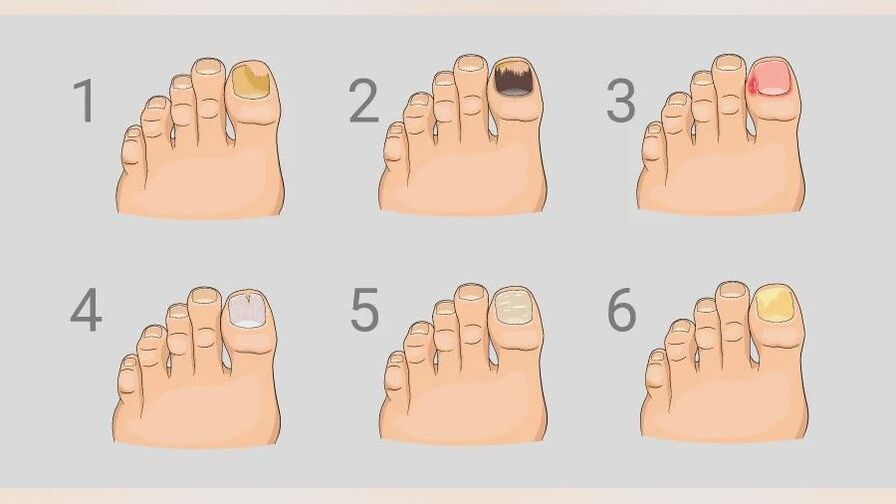
Diagnosis of foot fungus
How to Treat Athlete's Foot
Treat foot fungus with folk remedies
- foot bath;
- ointment;
- lotion;
- compression.
- Herbal decoctions and infusions.
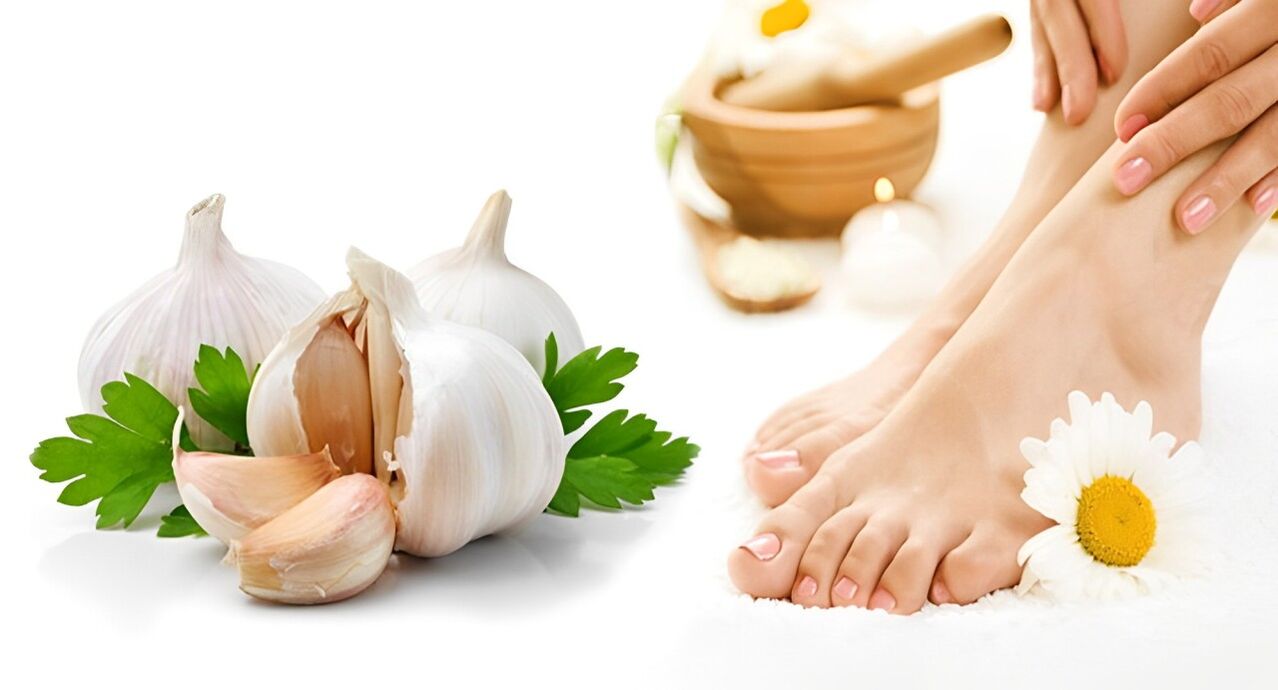
Consequences of foot fungus
Prevent foot fungus
- Avoid contact with possible sources of fungal infection;
- maintain personal hygiene;
- maintain a healthy lifestyle;
- Treat chronic disease.
Fungal infections in the body: symptoms and treatment
fungal infection
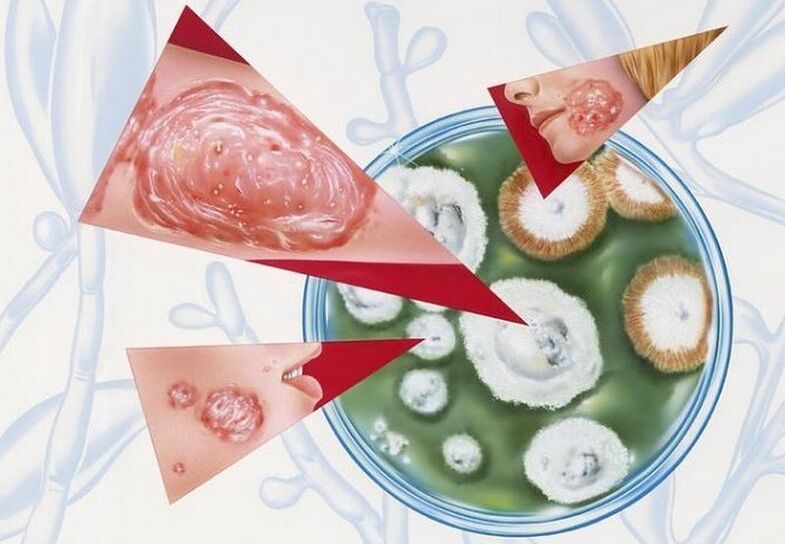
Types of fungi
- yeast;
- moldy;
- Domifor.
Fungi are multicellular
Characteristics of dermatophytosis
- Athlete's foot;
- Dermatophytosis;
- Sporotrichosis;
- Candidiasis;
- Trichophyton.
- Athlete's foot in the groin;
- Athlete's foot.

Causes of Fungal Infection
- People who have received organ transplants;
- Cancer patients and people who have received chemotherapy and radiation therapy;
- People with diabetes and lung disease.
Coccidioidomycosis
- slight increase in body temperature;
- Chills;
- Headache;
- feeling tired;
- General physical weakness.
- Body temperature rises to 40°-41°C
- Sweating profusely after chills;
- severe headache and muscle pain;
- chest pain;
- dry cough;
- Generally weak.
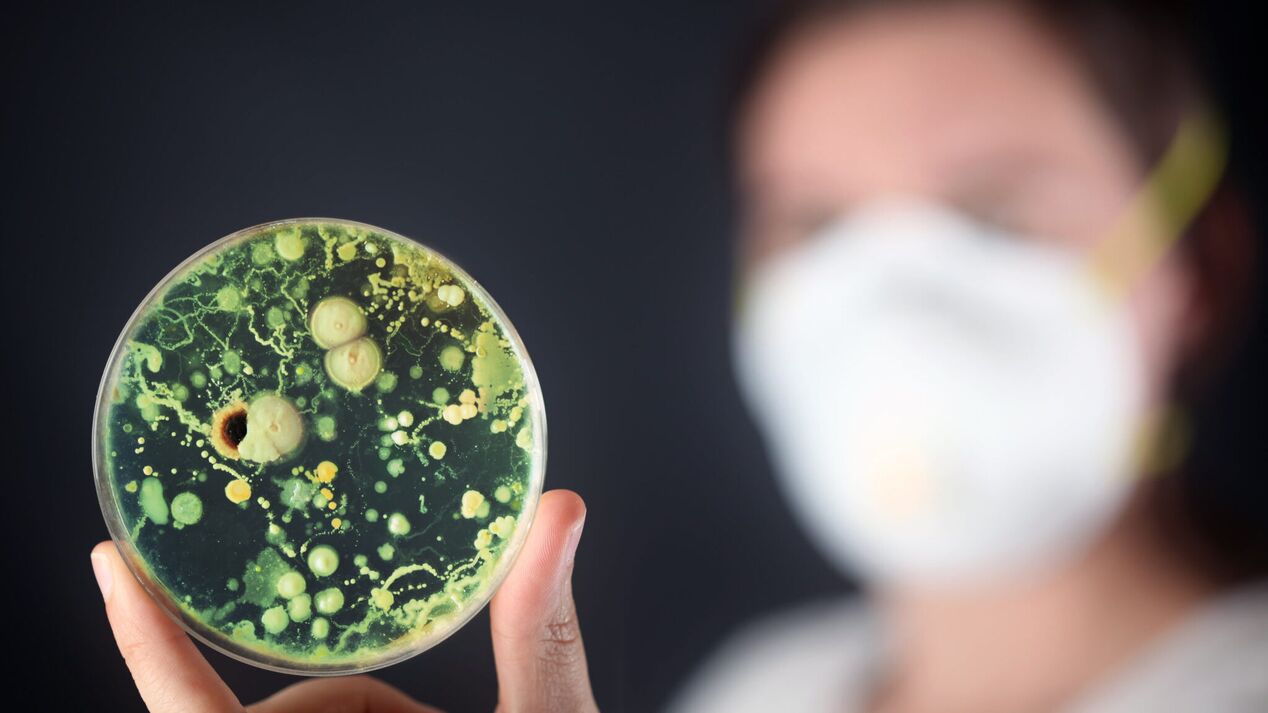
Fungal infection treatment features
Precaution
- Maintain personal hygiene and wash hands before eating, using the toilet, and after going to public places;
- Wash vegetables and fruits thoroughly;
- Animal foods must undergo prolonged heat treatment;
- Eat wisely and minimize the intake of simple carbohydrates and sugar;
- Monitor weight;
- Take antibacterial and hormonal medications only as prescribed by your doctor;
- Use condoms during sex.























